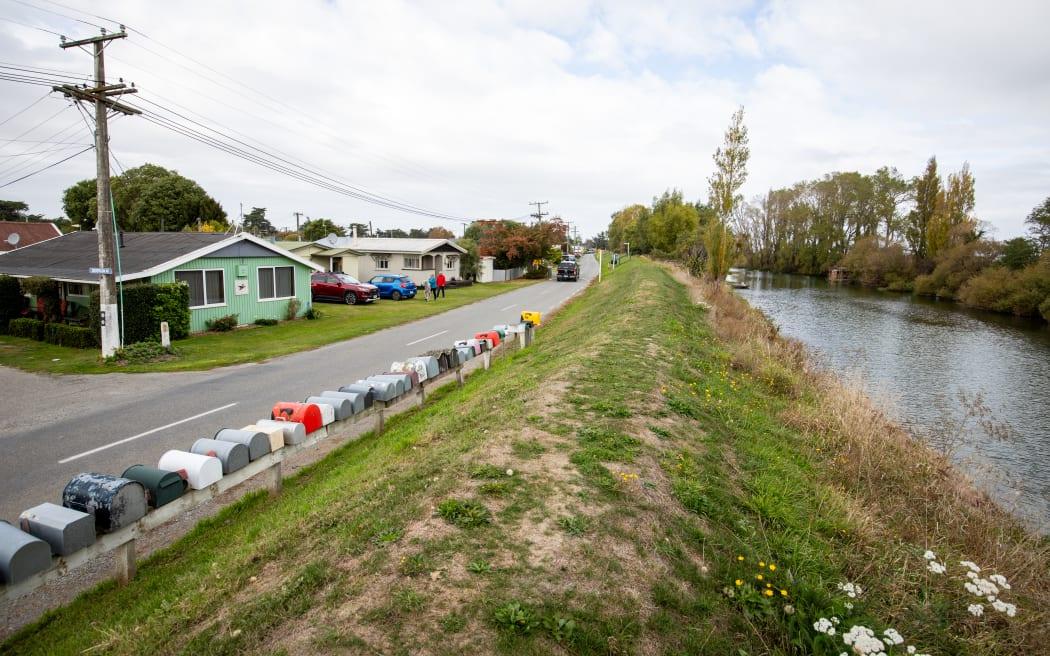
The 93 residents of the settlement are now entering the final stages of a battle with the Selwyn District Council over how long they can stay.
The council gave residents three options to choose from:
• A five-year fixed term with no renewal.
• A single fixed term of 30 years.
• Or rolling 10-year terms with the ability to renew, up to a maximum of 30 years.
All three options impose a fixed end point - something residents strongly oppose.
Over a five-week consultation period, the council received 211 submissions from residents, supporters, and other interested parties. Of those, 59 people are expected to speak at a public hearing tomorrow at the Lincoln Event Centre.
After the hearing, councillors will deliberate on the options in two weeks’ time, ahead of a final decision at the last council meeting of the three-year term, scheduled for September 17.
Many submitters said no end date should be set, and some criticised the council for not giving an option without a set date.
“The way this form is, I have to pick one. But I do not agree with any of these. Residents should be allowed to extend beyond 30 years,” Katie Cranston said in her submission.
Said resident Bronwyn Murphy in her submission: “They all end in eviction. Why even ask the question if it all ends in eviction?”
Said Sue Stokes in her submission: “There is no option for a licence in perpetuity. This is an unfair question as it only gives options for shutdown and not continuance. This is written so the council gets what it wants and is completely unfair.”
As part of the consultation, the council also asked for feedback on proposed “trigger points”, scenarios that would give it grounds to evict residents if the settlement was deemed uninhabitable.
The council’s proposed trigger points are:
• Flooding that cuts off vehicle access to the huts for more than 24 hours, twice in a 12-month period.
• The destruction of a road which cuts off vehicle access.
• Any flooding event that causes serious injury or fatalities within the settlement.
While residents were asked to voluntarily evacuate during heavy rainfall in May due to concerns the settlement may flood, the stop bank kept the Selwyn River at bay.
Many submitters argued the trigger points were inconsistent and unfair, claiming the council would not apply the same standard elsewhere in the district.
Said Dean Syme in his submission: “There are plenty of other parts of Selwyn that get cut off two or more times per year due to flooding, snow, and other weather events. So that should not be a relevant argument.”













